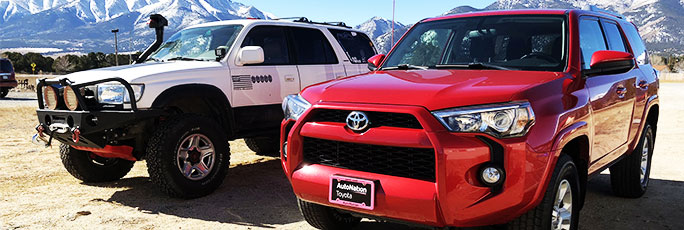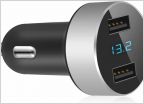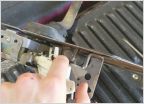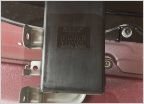-
Welcome to 4Runners.com!
You are currently viewing as a guest! To get full-access, you need to register for a FREE account.
As a registered member, you’ll be able to:- Participate in all 4Runner discussion topics
- Transfer over your build thread from a different forum to this one
- Communicate privately with other 4Runner owners from around the world
- Post your own photos in our Members Gallery
- Access all special features of the site
Replacement engine rear main leak
Discussion in '2nd Gen 4Runners (1990-1995)' started by SmokinLS9, Sep 6, 2020.
Page 1 of 2
Page 1 of 2


 Post Mortem Timing Belt Replacement - Not for the Faint Hearted
Post Mortem Timing Belt Replacement - Not for the Faint Hearted Trouble starting up after driving for a while then turning off the vehicle
Trouble starting up after driving for a while then turning off the vehicle Sloppy shifter
Sloppy shifter Rear window relay fixed
Rear window relay fixed Antenna alternatives?
Antenna alternatives? Spacers or springs for leveling rear end
Spacers or springs for leveling rear end
























